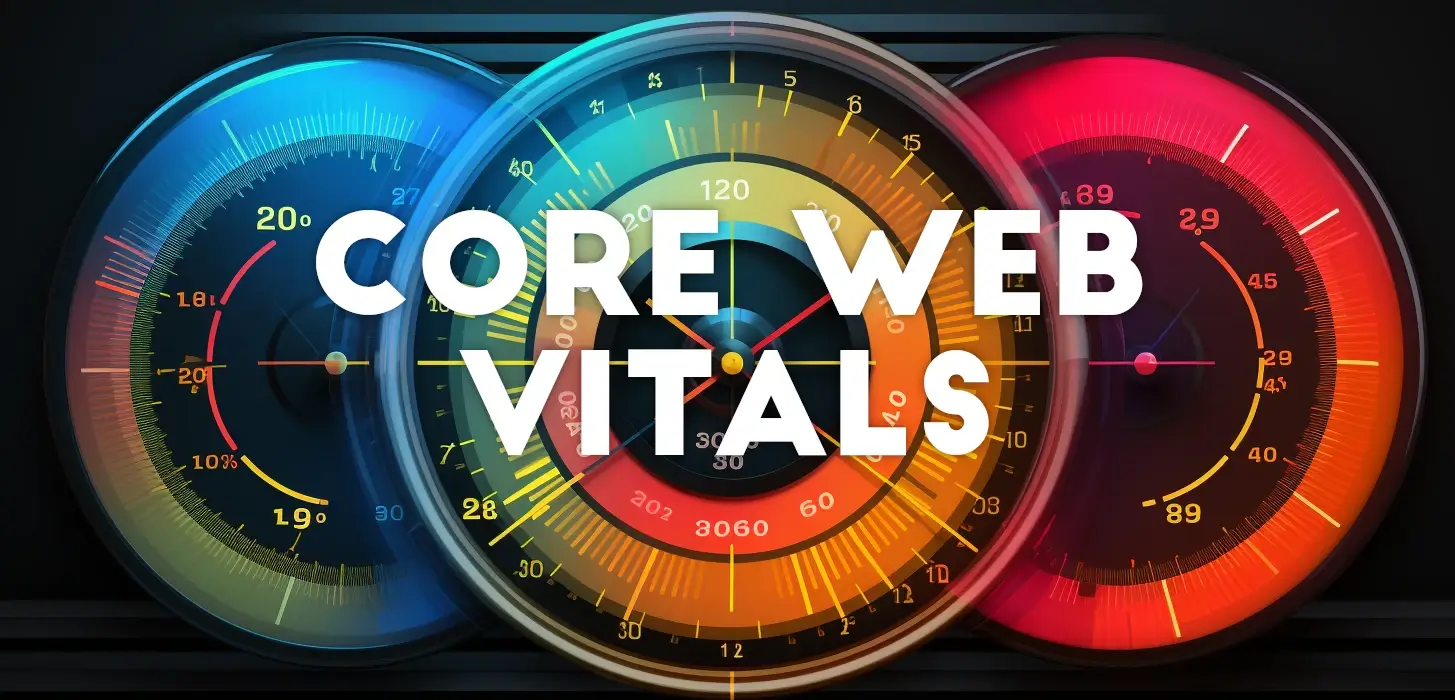Core Web Vitals: Improving Your Website Speed In 2026
What Are Core Web Vitals?
Hey there! You might’ve heard of Core Web Vitals, but let me break it down for you. These are a set of metrics that Google uses to evaluate the quality of a website’s user experience. Think of them as the VIPs of website performance!
There are three key players in this game (among others): Largest Contentful Paint (LCP), First Input Delay (FID), and Cumulative Layout Shift (CLS). Imagine you’re visiting your favorite online store to grab some cool new sneakers.
- LCP measures how quickly the main content, like that stylish shoe image, shows up on your screen.
- FID is all about the time it takes for the site to react when you click on a size or color option.
- Lastly, CLS keeps an eye on the stability of the page layout, so you don’t accidentally tap the wrong button when things shift around unexpectedly.
In short, Core Web Vitals help make sure your web browsing experience is smooth, fast, and frustration-free!
What Are The Key Performance Metrics?
Time To First Byte (TTFB)
Time to First Byte (TTFB) measures the time taken for a user’s browser to receive the first byte of data from a web server when requesting a web page. It is an important indicator of a website’s responsiveness and overall user experience.
TTFB encompasses the time it takes for a server to process the request, generate the response, and transmit the first byte of data to the user’s browser.
First Contentful Paint (FCP)
First Contentful Paint (FCP) measures the time it takes for the first piece of content, such as text or an image, to appear on the screen after a user navigates to a webpage. Optimizing resources, avoiding blocking rendering, and using better hosting techniques to improve performance can greatly speed up your FCP.
Largest Contentful Paint (LCP)
Largest Contentful Paint (LCP) is a critical web performance metric that measures the time it takes for the largest visible element on a web page to fully load. This could be an image, a video, or a block of text. A faster LCP helps ensure a better user experience, as it indicates that the most important content on the page is accessible quickly.
To improve your LCP, focus on optimizing images and other large elements, streamlining CSS and JavaScript code, enhancing webfont performance, and optimizing server and caching techniques. Regularly monitoring your LCP and adapting your optimization strategies will help maintain a fast-loading and user-friendly website.
Total Blocking Time (TBT)
Total Blocking Time (TBT) quantifies the time during which the main thread is blocked, preventing user interactions such as clicks or scrolls. A high TBT can negatively impact user experience, as it leads to unresponsive pages and sluggish navigation.
To improve your TBT, focus on optimizing server performance, implementing efficient caching strategies, reducing plugin bloat, compressing and minimizing front-end assets like CSS and JavaScript, leveraging a Content Delivery Network (CDN), and consistently monitoring your site’s performance.
Cumulative Layout Shift (CLS)
Cumulative Layout Shift (CLS) measures the visual stability of a web page by quantifying unexpected layout shifts during page load. Unstable content can lead to poor user experience, as users may accidentally click on unintended elements.
To optimize CLS, prioritize responsive design, minimize render-blocking resources, use placeholders or skeleton screens, and optimize fonts and animations. Additionally, ensure that you regularly audit your site’s performance and leverage server and critical rendering path optimizations to create a stable and enjoyable browsing experience.
First Input Delay (FID)
First Input Delay (FID) measures the time it takes for a website to respond to a user’s first interaction, such as a click or tap. A good FID score ensures a smooth and responsive browsing experience for your visitors.
Optimizing FID involves several strategies, including optimizing your site’s code by minifying and deferring JavaScript, leveraging browser caching to store static resources, enhancing server response time through better hosting and server-level caching, and optimizing images and other media.
Time To Interactive (TTI)
Time to Interactive (TTI) is a crucial performance metric that evaluates the time it takes for a web page to become fully interactive and responsive to user input.
Optimizing TTI involves implementing various strategies to enhance your website’s performance, such as utilizing efficient caching mechanisms, selecting a lightweight and optimized theme, compressing and resizing media files, minifying and deferring JavaScript and CSS files, and choosing a performance-optimized hosting provider.

